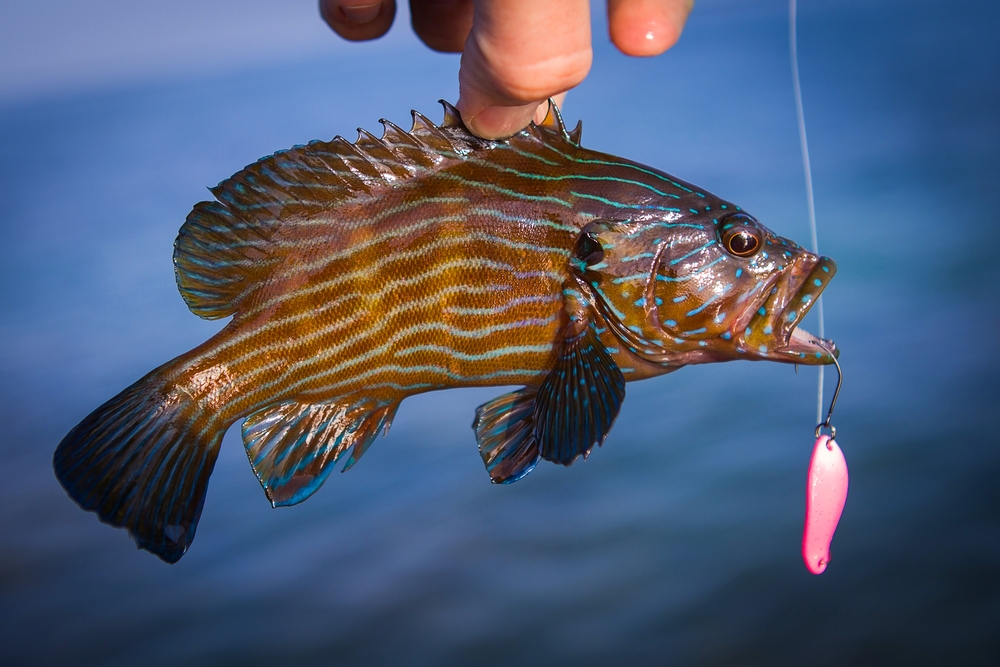Research by Cooke Lab on the science of catch-and-release angling covered by Salt-Strong blog.
“Here are the details of the study:
- Canadian Grad student Chris Pullen did his thesis project on how long do fishing lures/hooks stay in a fish’s mouth if left to fend for themselves.
- The entire study was done with Northern Pike.
- Chris had “control” fish (also Northern Pike around the same size/age) as well that had no hooks in them to see if they would act differently than the pikes with hooks in their mouth
- In the study, Chris hooked pike in four different parts of the mouth with color-coded crankbait lures fitted with radio transmitters.
- He used these floating crankbaits in a controlled lake (so they could see the crank baits float to the top once the fish shed them, and also so they could monitor and follow up on all of the fish)
- They used both barbed hooks and barbless hooks
- They hooked the fish in multiple places in their mouth:
- Lower jaw
- Through BOTH the upper and lower jaw together (with the treble hooks)
- Back near the top of the fish’s tongue (deep in the Pike’s mouth)
- Once hooked, Chris released the hooked fish back into the small lake so they could start tracking how the fish reacted with the lures in their mouths.
- The study was supervised by Dr. Steven Cooke and the Fish Ecology and Conservation Physiology Lab at Carleton University. The field work was done at the Queens University Biological Research Station (QUBS).”





